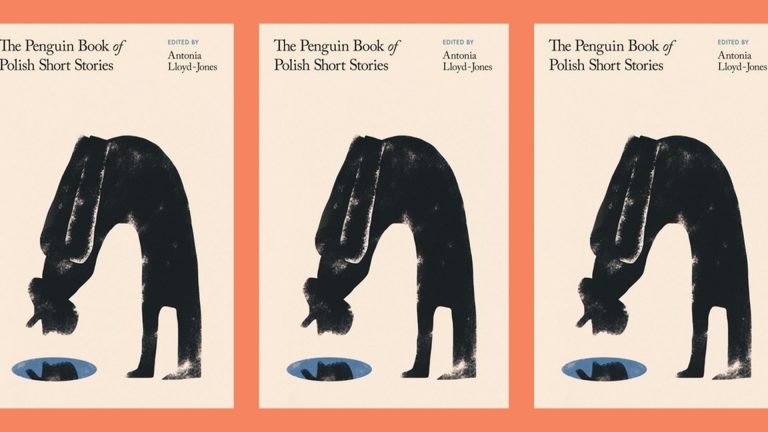Why is a dildo being paraded across the shiny white stones of Stradun, the main street of Dubrovnik? Perhaps it’s a fertility ritual to mark the beginning of summer? But no, there are also banners: “You call it King’s Landing, we call it home!’’ And the participants’ T-shirts say, “Respect the City [the official slogan] – Fuck the Citizens’’, which is where the dildo comes in: pazis ti moj kurac! is a Croatian phrase meaning, literally, “Mind my dick” but, in effect, “You helped us? My arse!’’
Later, in the Captain’s Club, over fresh squid and bottles of Karlovačko, I ask one of the organisers, Marc van Bloemen, what the protest is about. “Nothing is sustainable about this way of tourism,’’ he says. “The local council couldn’t care less about the local population.” The walled medieval town, known to locals as “the old city’’, once boasted 4,000 inhabitants, now it’s only 1,500, “and the mayor is withholding an analysis of the last census because it clearly shows a huge exodus’’.
Despite the mayor’s efforts to relocate locals back to the old city, they’re still leaving faster than they can be replaced. Why? “Outside money is buying to rent,’’ Marc explains. “One Slovenian guy owns 28 houses with apartments for tourists. The old city has turned into a theme park.’’
Or a film set. Not only do the masses come to selfie-stick the Jesuit Staircase and fortresses of Game of Thrones, but numerous American, Korean and Indian series are filmed here, bringing their own acolytes. A Netflix production was shooting while I was there, closing an entire lane while hundreds of cruiser passengers swarmed at either end.
A sign to the alley says “Please don’t stop”, but there’s little chance of savouring the exquisite architecture of a city inscribed on the Unesco heritage list back in 1979. You need to be on the gleaming stones before 8am or after 10pm to marvel at the clustered beauty of the Rector’s Palace, the Franciscan and Dominican monasteries, the Cathedral, the Church of St Blaise (the city’s patron saint), and the Jesuit Church of St Ignatius, which provided a spectacular setting for the Dubrovnik Symphony Orchestra concert I attended.
When I dive through the crowds into the Sponza Palace, the attendant tells me there are 27 tourists for each local resident. “That’s number one in Europe!’’ he beams. But surely that’s a problem? “You won’t find anyone being rude to tourists. When we start being rude to tourists, then it will be a problem!”
The mayor has introduced time-slots for the main attractions, and visitors are now staying more nights, but local services such as sanitation are under pressure. Meanwhile, ambulances covering the old city have to take a long detour to avoid the coaches of cruiser passengers blocking Pile Gate.
At an exhibition opening at the Museum of Modern Art (Momad) with its balcony of sculptures by Meštrović, and views of Lokrum Island – known as the green lung of Dubrovnik for its nature reserve, but usually with a huge, polluting cruiser anchored alongside – I meet Marija, an artist.
Suggested Reading

Is Poland Europe’s literary giant?
“It’s like a war, an occupation,” she says. “The town is not ours. I was born here in the old city, but I don’t know anyone on my street any more; it’s all rented.”
With most locals now living in the districts of Lapad and Gruz, a 10-minute bus ride from the old city, the entire region has a population of about 40,000, with 90% of its GDP coming from tourism.
“Unlike Barcelona or other cities with mass tourism, we don’t have other industry,” explains Marin Krstulović, a city councillor representing the locals of the old city. “After the 91-95 Homelands war, during which Dubrovnik was shelled, Croatia fell on hard times. It wasn’t until around 2010 that tourism became big business again.”
In 2013, Croatia joined the EU, and on January 1, 2023, the country adopted the euro, sending prices soaring, a situation exacerbated by one of the highest inflation rates in Europe. Even supermarket shopping is extortionate, and you won’t find a small beer in a bar for less than €7. No wonder the Americans are now the largest visiting group: the prices are comparable to Manhattan.
A major problem is that there are so many vested interests in the old city, whether national, local, public or private. In 2016, Krstulović met representatives from each to help draw up a 10-year plan, which was given Unesco approval. The plan states that without stricter controls “Dubrovnik could soon face collapse’’.
“We thought that Covid would make everyone come back with more care,” says Krstulović. “But they came back with more greed.” His greatest concern is that what’s happening in the old city is spreading to the neighbouring medieval districts of Pile and Ploče.
“This city is a gem on planet earth, and visitors come looking for the authentic local experience,” says Krstulović. “But soon there will be no locals left!”
JA Hopkin is an author and freelance journalist. He has written more than 50 short stories exploring Europe. His new novel, Say Goodbye to Breakfast! will be published soon



